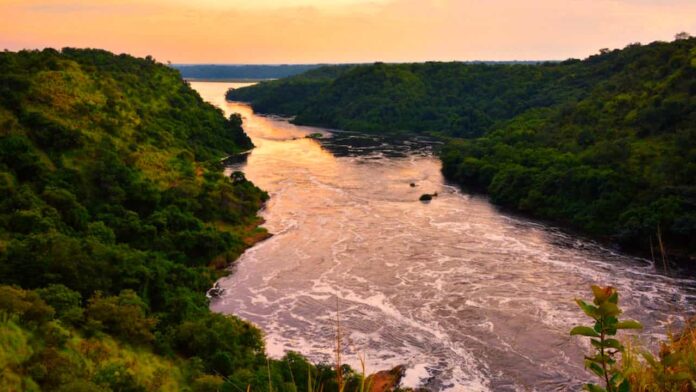The River Nile, often referred to as the longest river in the world, is a vital waterway that traverses multiple countries in East Africa, including Uganda. Originating from Lake Victoria, which is situated in Uganda, the Nile flows northward through the country, providing not only a source of water but also a rich ecological environment that supports diverse wildlife and human activities. The river is deeply woven into the cultural, historical, and environmental fabric of Uganda, making it a treasured natural heritage.
The Nile River plays a crucial role in supporting Uganda’s biodiversity. The riverbanks are home to various flora and fauna, including numerous bird species, aquatic life, and terrestrial animals that rely on the river’s ecosystem. The region around the Nile is also dotted with wetlands, which act as crucial habitats for wildlife and help maintain ecological balance. The river’s abundant resources support local communities through fishing, farming, and tourism, making it an essential lifeline for many Ugandans.
Historically, the Nile has significant cultural and spiritual importance to the people of Uganda. It has been a source of inspiration for countless stories, legends, and traditions. Communities along the river often hold it in reverence, viewing it as a symbol of life and sustenance. The Nile has also been a focal point for explorers and travelers throughout history, contributing to Uganda’s rich narrative as a center of exploration in Africa.
In recent years, the Nile has become a hub for eco-tourism and adventure activities, attracting both local and international visitors. Activities such as white-water rafting, boat cruises, and wildlife watching provide unique experiences that showcase the river’s beauty and ecological significance. Tourists flock to destinations like Jinja, known as the “Source of the Nile,” to witness the majestic flow of the river and engage in various recreational activities. This tourism not only boosts the local economy but also raises awareness about the need for conservation.



